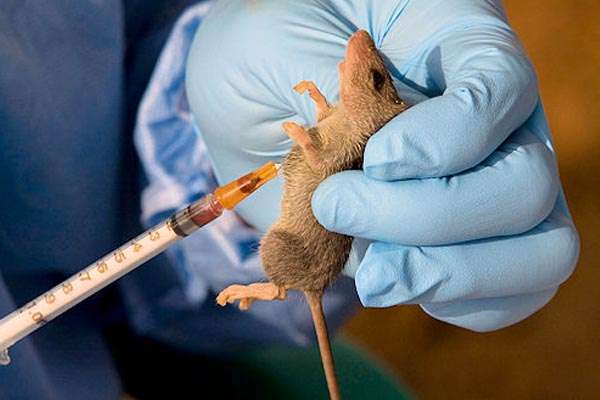
Lassa fever has claimed 118 lives within the first three months of 2025, with 645 confirmed cases out of 3,465 suspected cases, according to the Nigeria Centre for Disease Control and Prevention (NCDC).
The agency disclosed that the cases and fatalities were recorded in 33 states across 91 local government areas between January and March.
In response to the outbreak, the Director General of the NCDC, Dr Jide Idris, has activated the Lassa Fever National Emergency Operations Centre at Response Level Two to enhance outbreak control efforts.
The Head of Corporate Communications at NCDC, Sani Datti, stated this in a press release on Sunday.
According to the NCDC, the primary reservoir for the Lassa virus is the multimammate rat, also known as the African rat, though other rodents can also transmit the disease.
“Between January and March 2025, the NCDC recorded 3,465 suspected cases of Lassa fever across 91 local government areas in 33 states. Out of these, 645 cases were confirmed, and sadly, 118 fatalities were recorded, resulting in a case fatality rate of 18.3 per cent.
“Unfortunately, 20 healthcare workers were infected during this period, with cases reported in Ondo (8), Bauchi (4), Edo (1), Taraba (2), Ebonyi (1), Gombe (2), Benue (1), and Ogun (1),” the agency stated.
As part of its containment efforts, the NCDC said it had deployed Rapid Response Teams to Kogi, Plateau, Ondo, Edo, Bauchi, Ebonyi, Taraba, Benue, Gombe, and Nasarawa states for a two-week period between January and March. Due to the evolving outbreak in some areas, deployments in Edo and Taraba were extended by an additional 10 and seven days, respectively.
Speaking on the situation, Dr Idris noted that the activation of the emergency operations centre was necessary to strengthen coordination among stakeholders at federal, state, and local levels, including developmental partners.
“In addition to enhanced coordination, the agency has distributed essential medical supplies, including personal protective equipment and treatment medications, to affected states. Furthermore, targeted, state-specific advisories have been issued to guide Lassa fever prevention and control measures,” the NCDC added.
Despite these interventions, the agency identified several challenges hindering effective response efforts. These include weak community-level surveillance, which hampers early detection, and inadequate human and financial resources for treatment, contact tracing, and active case searches at both state and community levels.
“Additionally, treatment centres are facing manpower shortages, and many patients delay seeking care, often resorting to self-medication and unorthodox treatments that prove ineffective,” the agency stated.
Dr Idris urged state governments to support the cost of treatment for Lassa fever and similar diseases. He also emphasised the critical role of the private sector in ensuring the availability of essential medical supplies and promoting public health awareness initiatives.
He further stressed the need for collective action in preventing Lassa fever, stating that while the NCDC and state governments lead the response, every Nigerian has a role to play in curbing the spread of the virus.
The agency also emphasised the importance of healthcare workers consistently adhering to infection prevention and control (IPC) measures while maintaining a high index of suspicion for Lassa fever.
“The public is advised to prioritise environmental hygiene to prevent rats from accessing homes, food, and utensils, as these remain the most effective means of preventing Lassa fever,” the NCDC concluded.










